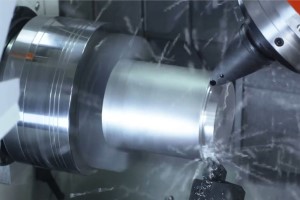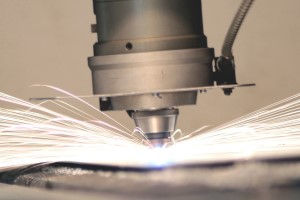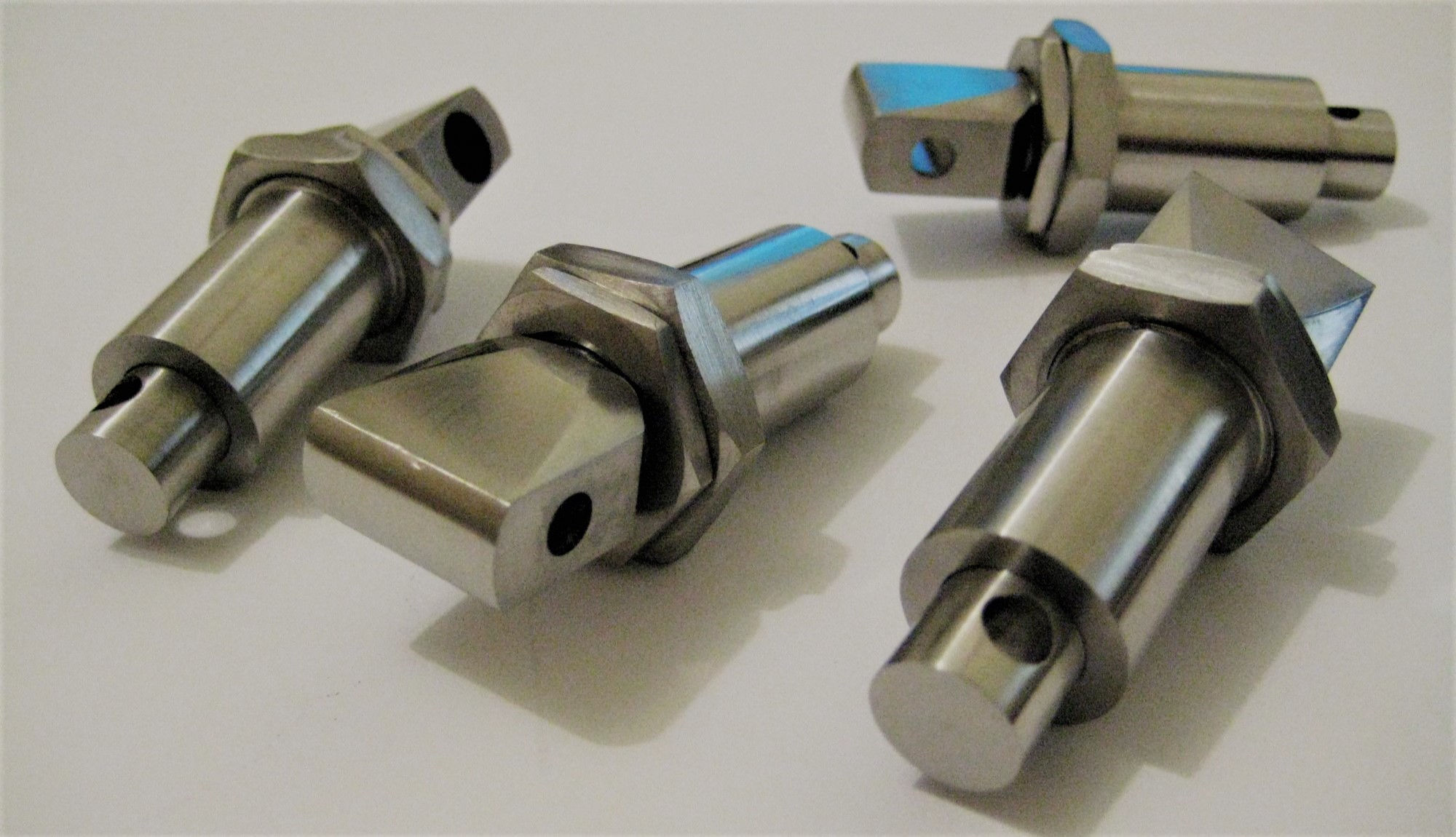Brief introduction
In our previous articles, some of the processes that can be used in the manufacturing process have been explained more descriptively. So now, you have a strong base with CNC machining. Furthermore, you know why we should select this particular method for the production process. That is really good! Is that enough to carry out the desired process? No way! The next thing that you should think about is the possible operations of the CNC machine and which applications we can apply to fulfil the requirements. In this article, we are going to look at the primary and secondary CNC operations and the applications where they can be used.
Operations of CNC Machining
When considering the CNC operations, they have been spread over a wide range, such as turning, milling, drilling, 3D printing, electric discharge machining, and laser jet and water jet cutting. A detailed explanation of these mentioned types of CNC operations can be presented as follows:
Turning:

In this process, the materials are removed from the rotating work piece with the aid of the single-point cutting tool. In order to perform the turning process, only two axes are used, the X and Z axes. The position considered along the part is indicated by the X notation, and the Z notation is used to denote the distance from the center of rotation. In this particular case, the material is removed from the circumference gradually, until it reaches the required diameter. The direction of the feed of the cutting tool is the direction along the work piece. To perform that task, specifically, the CNC lathe machine is applied.
Milling:

In order to perform this particular operation, three axes are used: X, Y, and Z. This is specifically related to 3-axis CNC machining, but it is also possible to perform functional milling with 5-axis CNC machining. During this process, the material is removed from the surface of the work piece by using multi-point cutting tools. Different kinds of milling operations are capable of being carried out using this method, such as face milling and peripheral milling.
Drilling:
This process is carried out in order to produce cylindrical holes of the desired size on the work piece. This activity is made possible with the aid of multi-point drill bits. The spinning drill bit is fed perpendicular to the plane of the work piece’s surface by the CNC machine, which results in vertically aligned holes with sizes equal to the diameter of the drill bit used in the drilling process. On the other hand, the angular drilling process is also capable of being performed by using this set up, although some special arrangements are required for that. Some of the operations derived from the drilling process are tapping, reaming, counter-boring, etc.
3D Printing:

This process is considered as an additive manufacturing process. When considering all the other methods, the materials removal process is carried out and only in this method, materials are deposited in order to take the required shape and size of the component. In the other methods, some part is removed from the work piece or the materials block and it creates a waste or scrap. But in this method, only the required amount of material is deposited and thus the waste generation is minimal.
Electric Discharge Machining (EDM):
In this particular method, electric energy is used to cut the metal, and this is carried out as one of the possible operations of CNC machining. The tool is given a negative voltage in this case, and it is considered the cathode, while the positive voltage applied to the work piece is considered the anode. The dielectric fluid used in this method is used as an insulator, cooling and flushing medium. Then the fluid is ionised when subjected to this field. Then a spark occurs and the metal is melted, thus the material is removed from the work piece. However, this is not commonly used in the application.
Laser Jet and Water Jet Cutting:

Jet cutting activities, water and laser jet cutting are quick activities, as they are capable of achieving cost-effectiveness. These jets act like a saw and cut narrow grooves in the material. This method has a number of advantages when used in a specific application. In this method, no heat is produced and the cut can be initiated anywhere without the need for a predrilled hole. Furthermore, the burr produced is minimal when compared to the other methods. This method is an environmentally friendly method and should be used much more. Rather than these main CNC operations, there are some other operations which can be carried out by the CNC machine, such as broaching, sawing, lapping, and grinding. Furthermore, they can be considered the secondary operations of the CNC machine.
Applications of CNC Machining
CNC machining can be applied to a variety of applications because of the special properties as well as the advantages of that process compared to the other competitive processes. This process can be applied to the production of very simple parts to very complex parts, which consumes a lot of time. Some of the applications of CNC machining are listed out as follows.
- Automotive parts manufacturing
- Aerospace industry
- Military and defence
- Healthcare sector
- Biomedical engineering sector
- Manufacturing engineering sector
- Consumer electronics
- Oil and gas industry
Conclusion
Now, you have strong knowledge of the operations of CNC machining and what cases they are applied in. If you consider all these required details accordingly, you will be able to perform a great task with CNC machining. ArpTech team is here to help you out in your next prototyping or manufacturing project.


